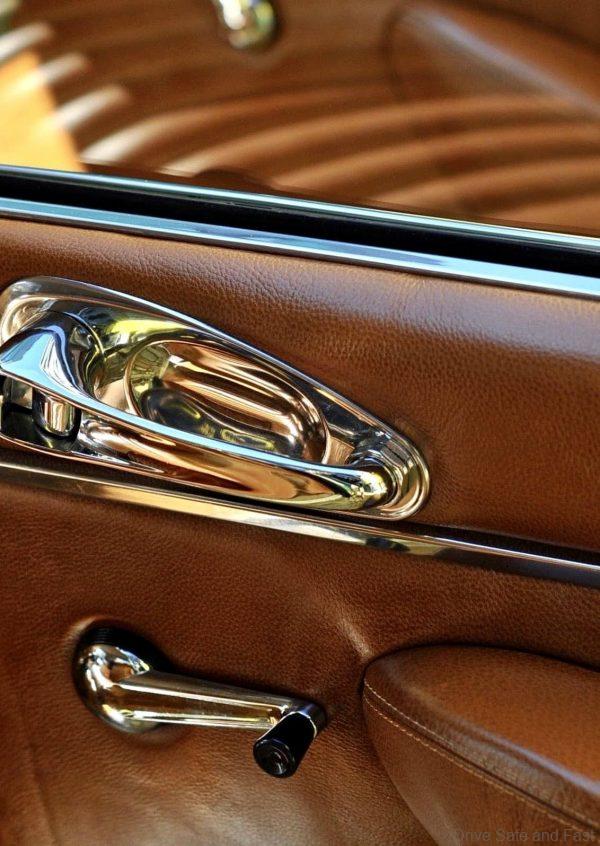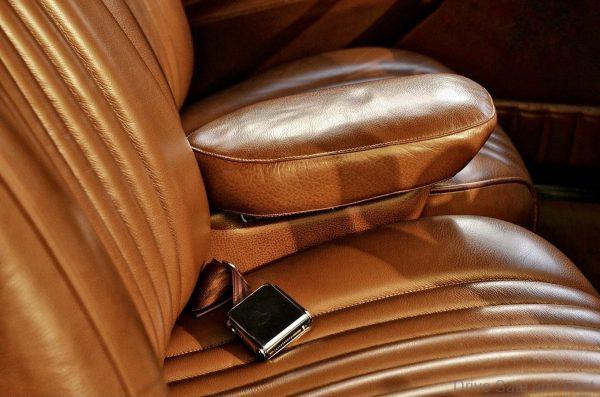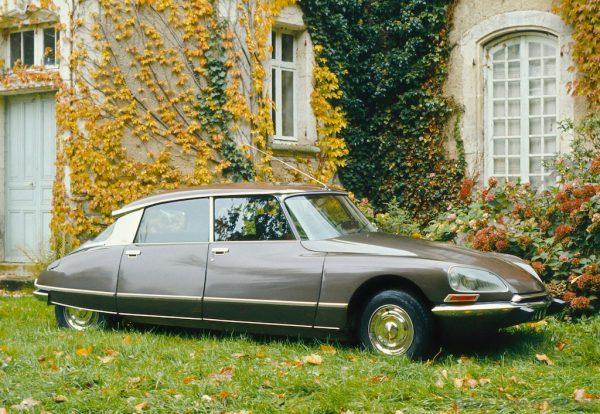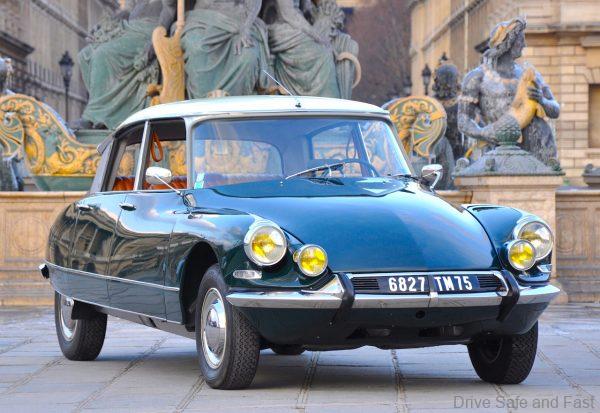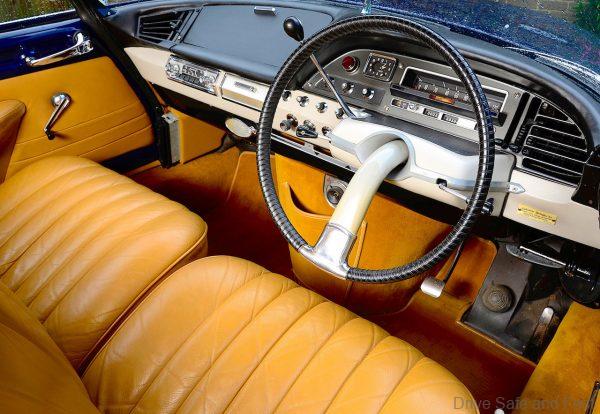Remembering The Ultimate Classic Luxury Car
This luxury car provided the best and unrivaled passenger comfort for years.
There was a time when French cars commanded attention in the luxury segment in Europe, Asia and Africa. Heads of state and politicians could be seen being driven in a French made car and the nearest rival came from Sweden.
The German and British car brands were still commanding the attention of the wealthy and influential, but its luxury sedans were very expensive. The Citroën and Peugeot sedans offered high comfort with drive dynamics at a reasonable price and with their strong reach across two continents, their popularity grew.
They also had some of the best looking convertibles that still look quite grand today.

So, why were Citroën’s so popular in the 1950’s to 1960’s? Well, it all started with this car, the Citroën DS because and the two letters are pronounced “déesse” in French, a word that literally translates to goddess. Launched in 1955 at the Paris Auto Salon, it was a huge success and just a day later Citroën had over 12,000 orders for the DS.
Beneath its gorgeous coachwork was the 1.9 litre Traction Avant engine driving the front wheels. Passenger comfort was delivered by hydro-pneumatic suspension that allowed the driver to raise or lower the DS as road conditions demanded and hydraulic power for the semi-automatic transmission, steering and dual circuit brakes.
The cabin was crafted to look as modern as its exterior and seating comfort became its second best selling point. The first being its drop dead looks.

PRESS RELEASE: Citroën has always focused on suspension and seating as key elements in improving ride comfort. But many of its earlier innovations in comfort can be linked directly to the more modern Citroën Advanced Comfort approach. The company has pioneered a range of comfort innovations throughout its history. Looking back, it’s clear that many of these have contributed to Citroën’s modern concept of comfort.
To address the ongoing development of ‘Citroën comfort’ in the 21st century, the company has framed its expertise in comfort under a new development project, known as the Citroën Advanced Comfort® programme. The programme seeks to define a new dimension of comfort in vehicles, and pursues four objectives to enhance comfort in its latest cars:
- Driving comfort – filtering out exterior interferences for a smooth ride and calm, quiet cabin
- Living comfort – simplifying life on-board with functional storage compartments, intelligent packaging, and generous space
- Functional comfort – creating a more comfortable drive with intuitive technologies, driver aids, and connectivity
- Comfort of mind – ensuring the peace of mind of driver and passengers, with clear information displays and a relaxed interior ambience to enhance driving pleasure
Each of the themes under the Citroën Advanced Comfort® programme builds on the historic innovations that have contributed to Citroën’s reputation for comfort over the last 98 years.
DRIVING COMFORT
Citroën has consistently sought to introduce new innovations which isolate its cars’ cabins from the outside world.
A comfortable driver is a safer driver; and passenger comfort is equally important. From the very start, Citroën has set industry standards for driving comfort, and has created new technologies and introduced new features to make its cabins as comfortable, relaxing and refined as possible.
At the dawn of mass motoring, cars lacked comfort. Yet, with the arrival of Europe’s first true mass-produced car in 1919, the Citroën Type A, Citroën created cars that offered more equipment, greater comfort and new luxuries – such as a self-starter, padded seats, and electric lights.
The Type A had a novel suspension system, using inverted quarter-elliptic springs that were tuned to behave in concert with each other, removing the need for dampers. Even then, the Citroën drove and rode with a higher quality of comfort.
With the Citroën Type C in 1922, André Citroën sought to make the motor car even more comfortable. He wanted occupants to step down easily into his cars, into comfortable seats; and not to have to climb up onto a flat seat.
He even thought about female drivers and their preferences – long before other car makers threw off the blinkers of all-male motoring chauvinism. The Type C appealed to women for its easy, light steering, while the car was easier to enter and exit in the fashions of the day. Citroën’s advertisements of the era even targeted female buyers.
Citroën’s cars weren’t just famed for their comfort by French buyers. In the early 1920s, Citroën vehicles were used as taxis, not just in Paris, but also in London. The Type C, of which more than 80,000 were produced, brought motoring to many, and as the 1930s arrived, even Pope Pius XI ordered a Citroën, renowned as the company was for its comfortable cars.
The Citroën model line-up reached from the top of the market down to the small family car sector, yet innovation was to be found in every car.
Throughout the 1920s, Citroën produced steel-bodied cars, such as the B10, which provided a stiffer structure to better isolate the cabin from the road and the car’s surroundings. In the 1926 B14 model, new servo-assisted brakes were a major innovation, making it easier to slow the car.
André Citroën realised that adding comfort was key. In 1928, the company introduced the AC4 and AC6 series, each offering more lavish fittings. These were followed by the C6 Berline sedan in 1929, which boasted an array of driver aids and passenger luxuries in a strong body.
Citroën was the first manufacturer in Europe to mount its engines on rubber blocks to reduce vibration to the cabin – the ‘floating power’ system known as ‘le Moteur Flottant’. Often cited as an American invention, the idea was in fact dreamed up by two Frenchmen.
The C4, C6, and ‘Rosalie’ models would soon deploy the idea and, ever the marketeer, André Citroën decided that a badge depicting a swan should be fitted to all ‘Moteur Flottant’ cars – indicating the vehicles’ serene progress.
In the era of ‘Luxe et Style’, these cars paved the way for one of the greatest innovations in comfort, safety, and driving ever announced. In 1934, Citroën introduced a car with so many novel design features, delivered in a single package, that it caused a sensation: the Traction Avant.




